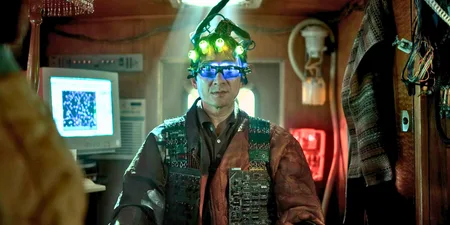If you’re not playing Pokemon Go yet, then why are you not wasting your life?
It’s a simple but brilliant idea that has completely taken over our lives, but there’s still a bit of confusion on how exactly to play the damn game.
You might think you’re doing it right, only to bump into a fellow player who drops a whole load of information you never knew about the game.
So let’s start simple. Let’s start where it all begins. Let’s talk about the eggs. You know, these guys.

Eggs are a big part of Pokemon Go. You can collect them from PokeStops, and you can carry nine at a time. Like PokeBalls, potions, revives and whatnot, the eggs are randomly generated so you have to just keep trying until you get them.
Once you do get an egg, you’ll notice that they have a distance underneath them – 2km, 5km or 10km. This is the distance you have to walk in order to hatch them. The further you have to walk, the more rare the Pokemon.
When you get home and your egg is at 9.9km#PokémonGO pic.twitter.com/3oeVQTh9l8
— Laura Manach 👩👧👦 (@CMconseils) July 28, 2016
Some people (aka me, for the first while I was playing it) might be confused as to why their eggs aren’t hatching even though they’ve walked for hours. There are two common issues people have.
First of all, you need to have the app open for it to register your distance. Secondly, you need to incubate the egg.
Incubating an egg is very simple. Just tap on the egg you want to incubate, and a menu should pop up with the option ‘incubate egg’. Tap that and then select an incubator.

All incubators only work for one egg at a time and you should have one incubator as standard, which has unlimited use. If you need more, you can buy extra incubators or find them at PokeStops – but these additional incubators break after three uses.
You can try to speed up the hatching process by jumping in a car or on a train, but generally the Pokemon Go app won’t register you as walking if you travel too quickly. It’s unclear exactly how fast the speed threshold is but if you’re travelling over 20mph, the app definitely won’t count any distance travelled.
So if you’re impatient, your best choice is probably to hop on a bike or get stuck in traffic.
I hatch my eggs on the bus because I'm gaming the system
— rønan (@RoneSpeak) July 28, 2016
So now down to what really matters – what the hell is inside the eggs?
They’re usually Pokemon inside, but sometimes the eggs contain items or just experience points. When you hatch a Pokemon, they will come with between three and 35 candies for their evolution group (which you need to evolve or power them up).
As pointed out earlier, different distances give you different types of Pokemon. Here’s a simple breakdown:
2km eggs:
- Bulbasaur
- Caterpie
- Charmander
- Clefairy
- Geodude
- Jigglypuff
- Magikarp
- Pidgey
- Pikachu
- Rattata
- Spearow
- Squirtle
- Weedle
- Zubat
5km eggs:
- Abra
- Bellsprout
- Cubone
- Diglett
- Doduo
- Drowzee
- Ekans
- Exeggcute
- Farfetch’d
- Gastly
- Goldeen
- Grimer
- Growlithe
- Horsea
- Kangaskhan
- Koffing
- Krabby
- Lickitung
- Machop
- Magnemite
- Mankey
- Meowth
- Mr. Mime
- Nidoran♀
- Nidoran♂
- Oddish
- Paras
- Poliwag
- Ponyta
- Porygon
- Psyduck
- Rhyhorn
- Sandshrew
- Seel
- Shellder
- Slowpoke
- Staryu
- Tangela
- Tauros
- Tentacool
- Venonat
- Voltorb
- Vulpix
10km eggs:
- Aerodactyl
- Chansey
- Dratini
- Eevee
- Electabuzz
- Hitmonchan
- Hitmonlee
- Jynx
- Kabuto
- Lapras
- Magmar
- Omanyte
- Onix
- Pinsir
- Scyther
- Snorlax
There you have it, now you’re ready to hatch ’em all.
Want to win a free TV or iPad? Enter the draw to win one by taking part in this quick survey.






































